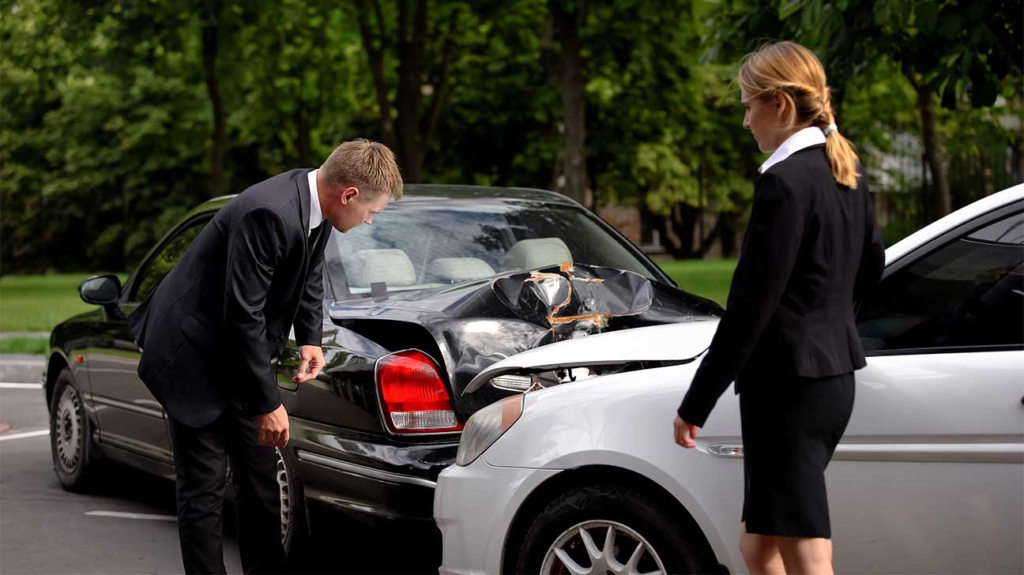Fall accidents are a leading cause of injury worldwide, affecting people of all ages. Whether at home, work, or in public spaces, falls can result in serious consequences, including fractures, head injuries, and even fatalities. This article explores the causes, risks, and preventive measures for fall accidents to help you stay safe.Common causes of fall accidents include:
- Wet or slippery surfaces
- Poor lighting
- Cluttered walkways
- Unstable footwear
- Lack of handrails on stairs
Understanding these factors is the first step in preventing falls. For example, ensuring proper lighting in hallways and staircases can significantly reduce the risk of tripping.Certain groups are more vulnerable to fall accidents, including:
- Elderly individuals
- Young children
- Construction workers
- Healthcare professionals
For the elderly, falls are particularly dangerous due to weaker bones and slower recovery times. Implementing safety measures like grab bars in bathrooms and non-slip mats can make a big difference.Workplace fall accidents are another major concern. Industries like construction and manufacturing report high numbers of fall-related injuries each year. Employers can reduce these risks by:
- Providing proper safety training
- Ensuring use of fall protection equipment
- Maintaining clean and organized workspaces
- Conducting regular safety inspections
At home, simple changes can prevent many fall accidents. These include:
- Removing loose rugs or securing them with non-slip pads
- Installing night lights in hallways and bathrooms
- Keeping frequently used items within easy reach
- Using step stools with handrails instead of chairs

Technology is also playing a role in fall prevention. Wearable devices can detect falls and alert emergency contacts, while smart home systems can monitor movement patterns for signs of instability.If a fall accident does occur, proper response is crucial. Key steps include:
- Assessing the situation for immediate dangers
- Checking for injuries before moving
- Seeking medical attention for serious falls
- Reporting workplace falls to supervisors
Recovery from fall injuries often requires:
- Medical treatment
- Physical therapy
- Home modifications
- Assistive devices like canes or walkers
Prevention remains the best approach to fall accidents. Regular exercise to improve balance and strength, proper nutrition for bone health, and routine vision checks all contribute to fall prevention.Community programs can also help reduce fall accidents. These might include:
- Senior fitness classes
- Home safety workshops
- Public awareness campaigns
- Neighborhood walkability assessments
By understanding the risks and taking proactive measures, we can significantly reduce the occurrence and impact of fall accidents in our communities.

